How Independent Frequency Conversion Motors Revolutionize Gyoza Machine Performance and Production Efficiency
In the world of food production, efficiency and flexibility are key to maintaining a competitive edge. The gyoza machine, a vital tool for producing these delicious dumplings in large volumes, has undergone significant advancements to meet the increasing demand for consistency and speed. One of the most critical innovations in modern gyoza machines is the integration of independent frequency conversion motors, which have transformed the way production lines operate.
Independent frequency conversion motors are designed to provide precise control over the machine’s speed, offering the ability to adjust the machine’s operation to suit different production needs. Unlike traditional motors, which run at a constant speed, frequency conversion motors allow for dynamic speed regulation. This feature gives operators the flexibility to adjust the production pace based on the requirements of the moment, whether it's scaling up production during peak demand or slowing down for detailed adjustments in filling and pastry consistency. This level of control is a game-changer for gyoza manufacturers seeking to enhance their operational efficiency.
The real beauty of this technology lies in its ability to independently control different sections of the gyoza machine. The motor can regulate both the pastry and filling mechanisms separately, making it easier to customize the machine settings to suit varying product specifications. For example, the weight of the filling and the thickness of the pastry can be adjusted with precision, ensuring that each gyoza maintains consistent quality. This feature not only boosts the quality of the end product but also minimizes waste, a key consideration in any food production process.
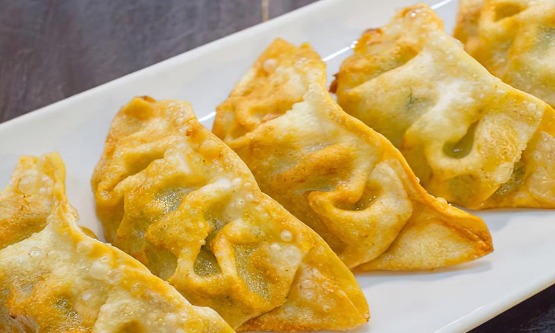
Speed adjustment, once a cumbersome and imprecise task, is now seamless and highly accurate with the inclusion of independent frequency conversion motors. Manufacturers no longer need to worry about the potential drawbacks of manually changing settings or dealing with mechanical adjustments that can be time-consuming. With just a few simple adjustments, the machine can be fine-tuned for optimal performance, regardless of the type of gyoza being produced. This results in a smoother production process, which is critical in today’s fast-paced food industry.
Moreover, the impact of frequency conversion motors extends beyond just operational control. The energy efficiency of the gyoza machine is also significantly improved. By allowing the motor to operate only at the required speed, rather than running constantly at full power, energy consumption is minimized. This not only reduces operational costs but also makes the gyoza machine a more environmentally friendly option for manufacturers looking to decrease their carbon footprint.
When it comes to long-term reliability and durability, independent frequency conversion motors also shine. They are built to withstand constant use in high-output environments without compromising performance. This means fewer breakdowns and lower maintenance costs, ensuring that the gyoza machine continues to deliver consistent results year after year. The integration of such advanced technology into the gyoza production line is a clear indication that modern food manufacturing is focusing more on automation, precision, and cost-effectiveness.
For manufacturers looking to stay ahead in the competitive food industry, investing in a gyoza machine equipped with independent frequency conversion motors is a smart move. This technology not only enhances the production process but also ensures that the quality of the gyoza remains top-notch, which is crucial for maintaining customer satisfaction. With its flexible, energy-efficient, and reliable performance, a gyoza machine with independent frequency conversion motors offers unparalleled value to businesses aiming to maximize their productivity while minimizing costs.

 English
English Español
Español Français
Français русский
русский عربى
عربى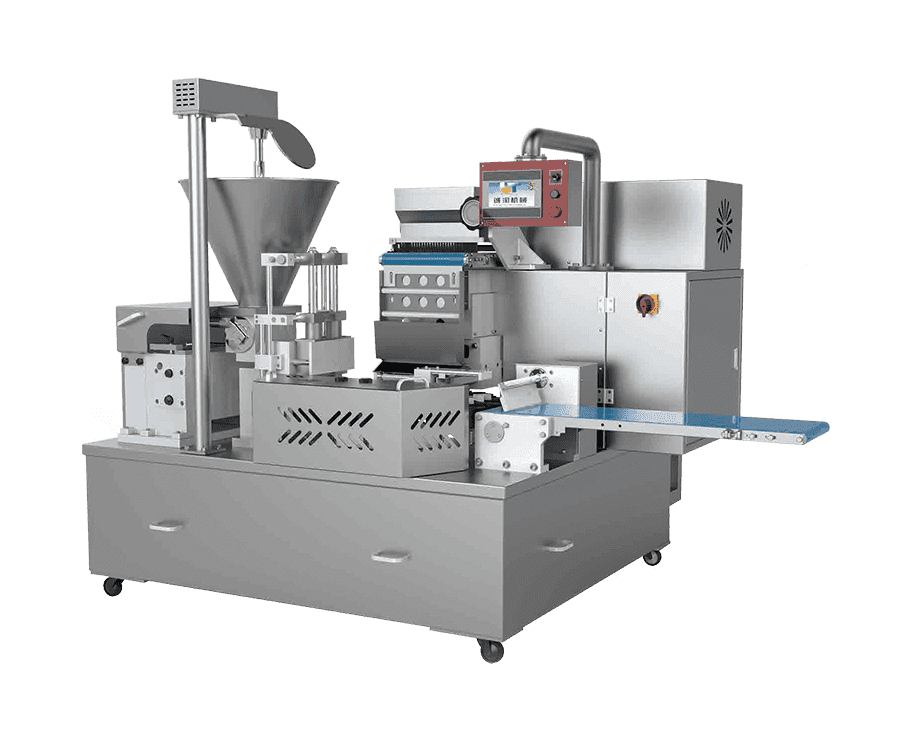
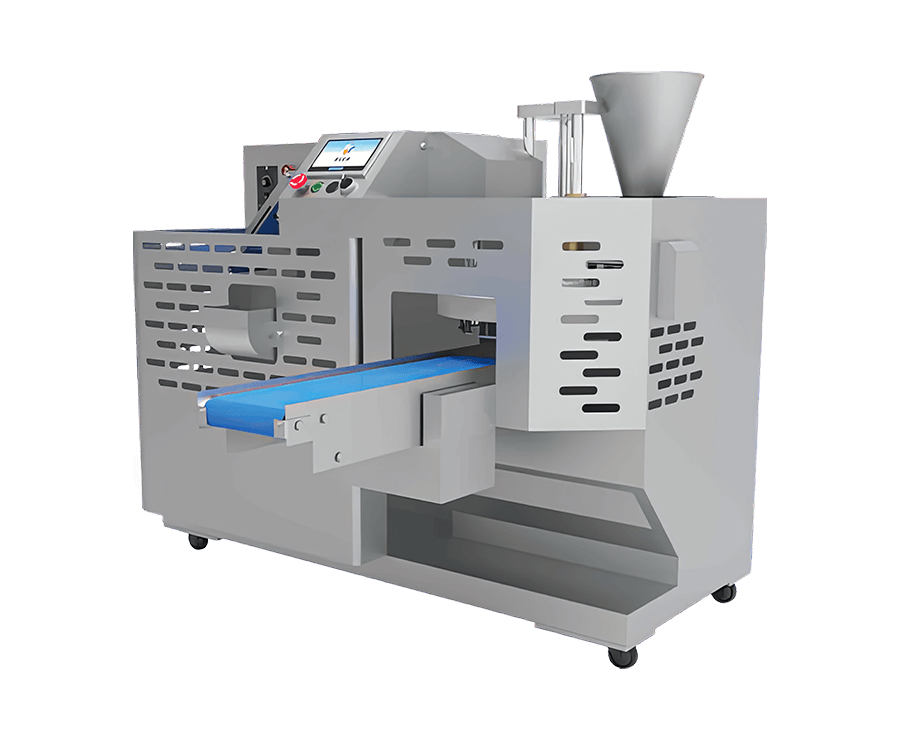
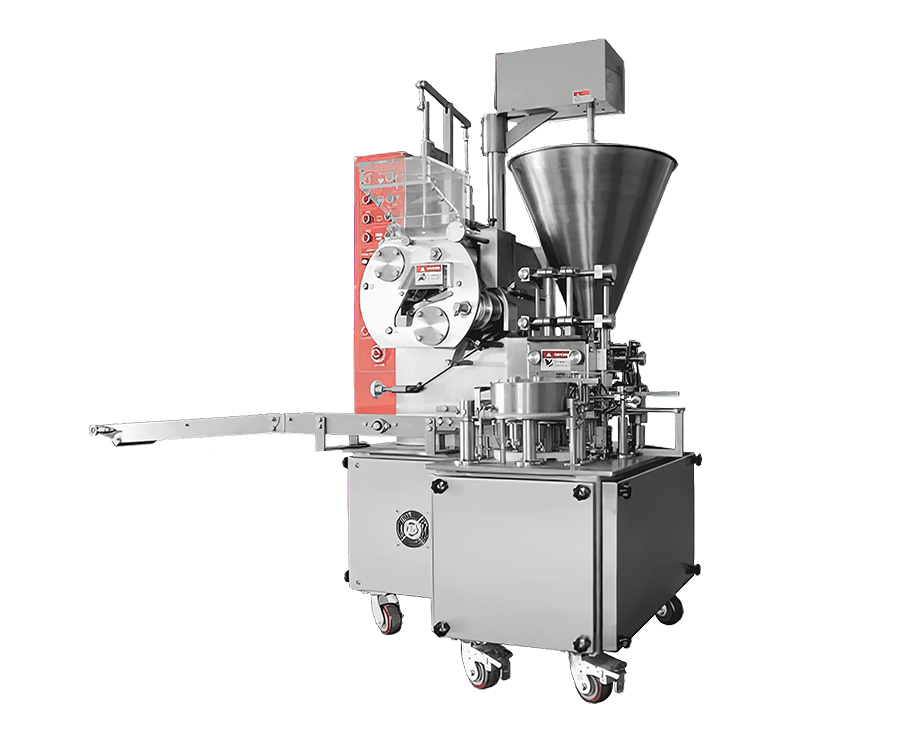
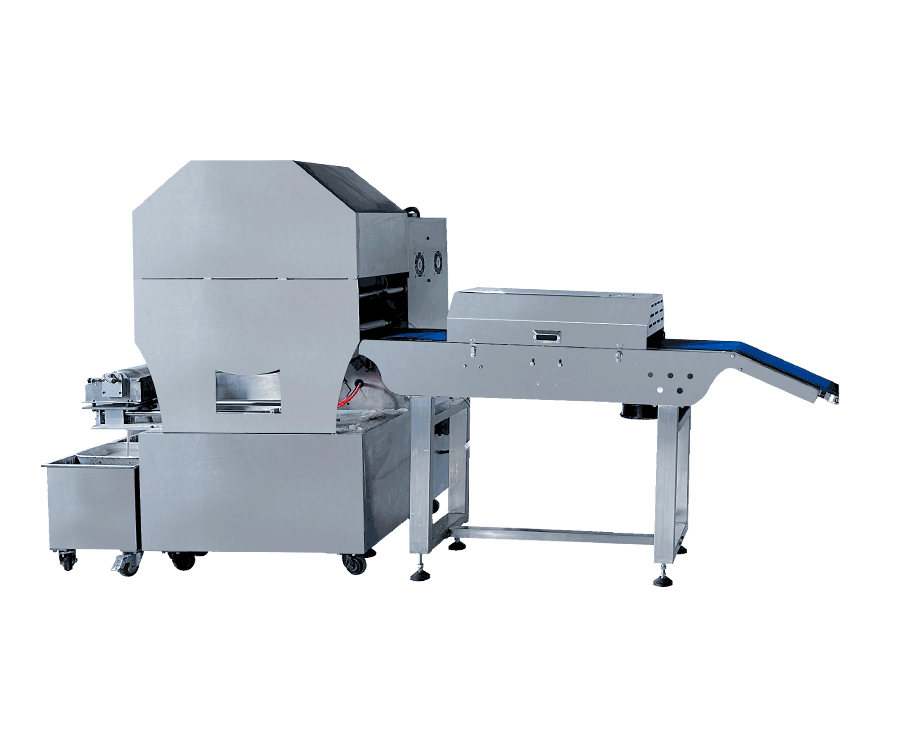



Contact Us